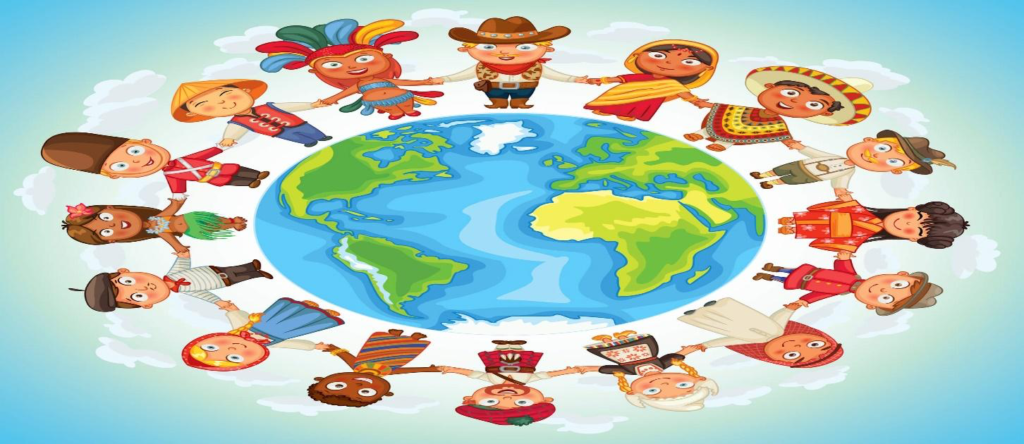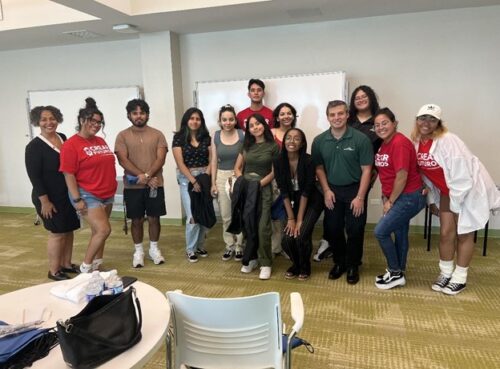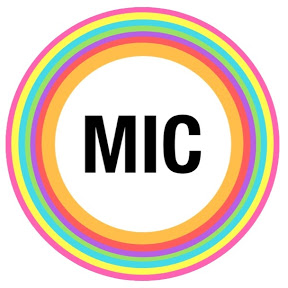
Today, our society is gender diverse. It’s critical to recognize and create environments that value and celebrate our diversity in gender identity and to incorporate this as part of our cultures.
Culture has always influenced gender identity since the beginning of times. Culture and gender identity are closely related because they have an impact on people’s daily lives not only at home and in the family, but also at work, school, and in the community.
To understand the term sexual identity, it is necessary to talk about assigned sex and gender. Then, it is important to look at how culture influences gender identity.
What is Culture?
Culture can be defined as “all the ways of life including arts, beliefs and institutions of a population that are passed down from generation to generation. Culture has been called ‘the way of life for an entire society.’ As such, it includes codes of manners, dress, language, religion, rituals, art. norms of behavior, such as law and morality, and systems of belief,” according to the Boston University Medical Campus.
The seven aspects of a culture are social organization, customs, religion, language, government, economy, and arts. Social organization refers to the connection among members of a group. Customs are the ways or forms in which people do things. Customs vary from culture to culture, creating differences between cultures. Religion “is the word used for rituals, holidays, beliefs, myths, and rules” in a culture, according to UEN. Language is the form in which people communicate with one another, and it may vary from country to country. According to Consumers International, “over 7000 languages are spoken in the world today.” Government refers to all the policies created to rule that regulate the thinking and behavior of people. According to the Texas A&M University, economy is “the manner in which a culture produces and distributes its goods and services.” Art is “the physical representation of a culture’s views, beliefs, and practices,” as reported by Green.
What is “assigned sex”?
Assigned sex refers to “a label that you’re given at birth based on medical factors, including your hormones, chromosomes, and genitals,” reported an article from Planned Parenthood.
When a person’s physical appearance does not correspond to their sexual and reproductive anatomy, the person is described as intersexual.
What is gender?
The Canadian Institute of Health Research says that gender is “the socially constructed roles, behaviors, expressions, and identities of girls, women, boys, men, and gender diverse people.”
A person’s gender can change over time. This is known as gender fluidity. A person’s gender expression and identity are both subject to change.
What is gender identity?
The personal and unique experience of gender that each person has is known as “gender identity.”
Most people feel that they’re either male or female. Some people feel like a masculine female or a feminine male. Some people are neither male nor female. These people may choose labels such as “gender queer,” “gender variant,” or “gender fluid.” Your feelings about your gender identity begin as early as age 2 or 3, according to an article from Planned Parenthood.
What is the influence of culture on gender identities?
It is noted that “gender identity has mostly been defined by society to the extent of identifying oneself as masculine or feminine, establishing standards for individuals to match their sex role prescriptions and feel psychologically well adjusted,” according to an article from Medium.
In other words, society classifies people as men and women, attaching to them certain ways of behaving and thinking, and regulating how people should present themselves in society to meet certain cultural standards to be accepted.
Today, lawmakers have already implemented laws or policies in many states of the U.S. It will directly impact the lives of the LGTBQ+ community regarding their gender identity.
It is visible, in the seven aspects of culture, how culture itself plays an important role in the gender identity of people.
According to ScienceDirect research, religions can impart advice on sexual behavior, endorsing heterosexuality. This kind of rhetoric opposes the rising number of people who identify as LGBTQ+ people. It can cause psychological suffering and suicidal thoughts, which negatively impact culture.
Art is a good tool to promote and celebrate gender identity. For example, pictorial art and literature, as means of expression through transformation and stylization, are the predominant media reflecting this cultural process, as noted in the Encyclopedia.
Language has been evolving to be more inclusive and respectful of gender identities. However, some people use language as a discriminatory tool to promote hatred against the LGTBQ+ community.
Government laws and policies are being implemented in many states to silence the voices of the LGTBQ+ community, preventing them from freely expressing their gender identities.
The connection between LGTBQ+ people and the rest of society prevents the LGTBQ+ people from being recognized as part of the normal social organization, causing them to lose their community identity.
Inclusivity is the term that should be normalized and practiced in order to prevent the LGTBQ+ community from suffering discrimination because of their gender identities. Also, education should be the channel used to integrate all people within and outside of the LGTBQ+ community into a culture that can sublimate differences.







